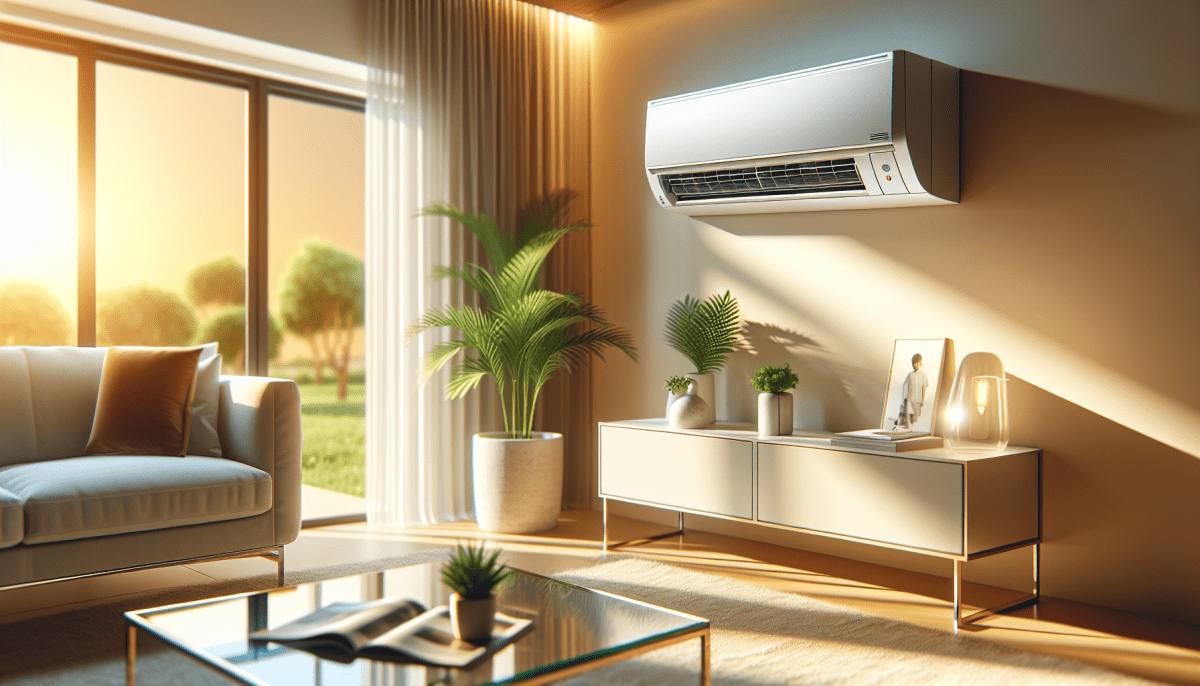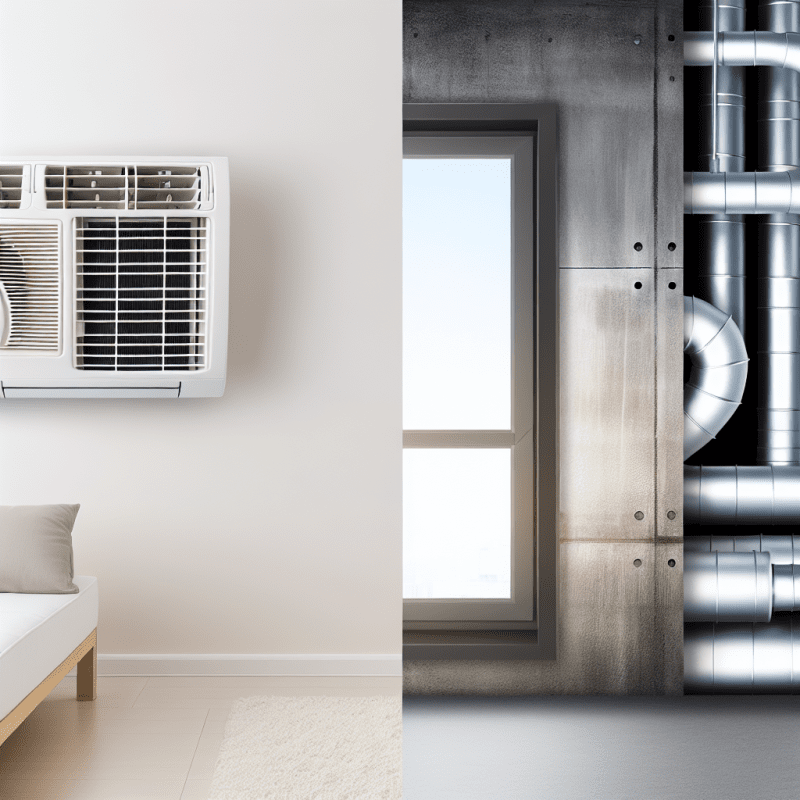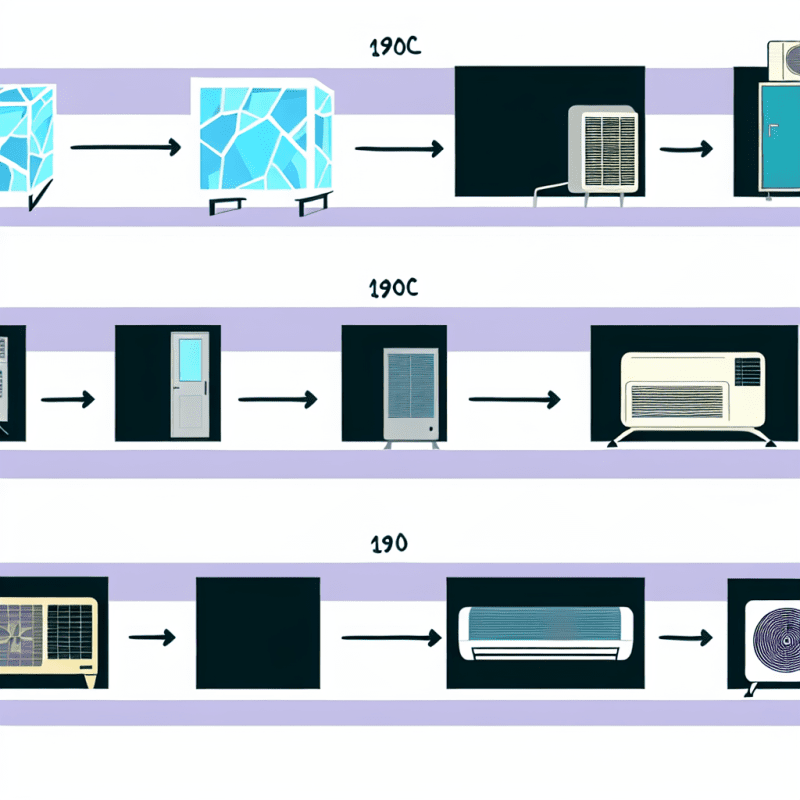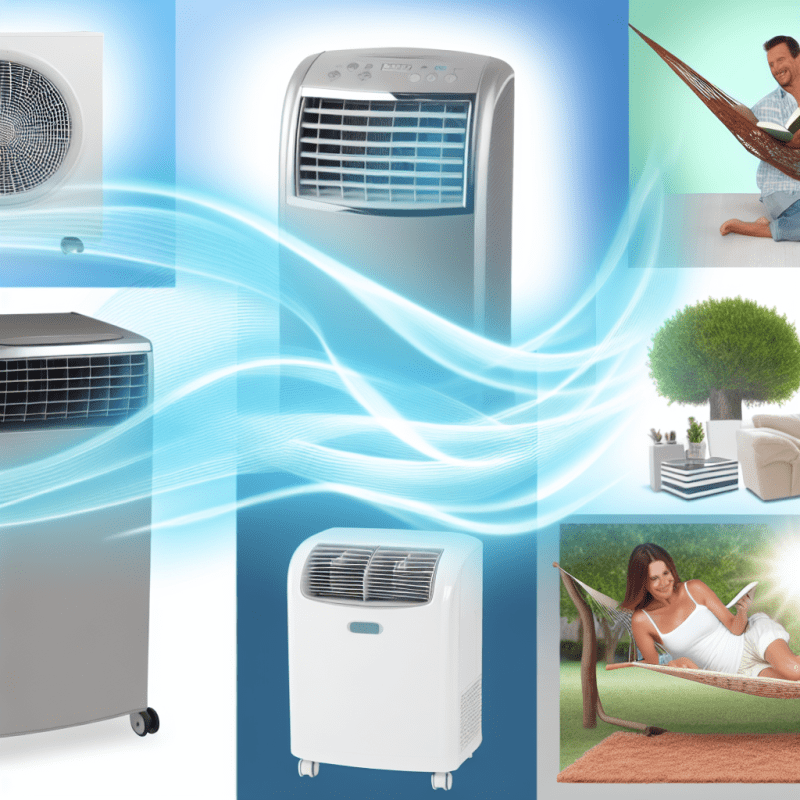When it comes to purchasing a ductless air conditioning (A/C) unit, one of the most important factors to consider is the size and capacity that will best suit your needs. Choosing the right size ensures optimum cooling efficiency and comfort in your living space.
The cooling capacity of an A/C unit is measured in BTUs (British Thermal Units) per hour. A unit with too low a BTU rating may struggle to cool the room adequately, while a unit with too high a rating may result in excessive energy consumption and increased costs. To determine the appropriate size for your ductless A/C, you need to consider the area you want to cool, the room's insulation, the number of occupants, and any additional heat sources in the room.
Calculating the correct cooling capacity requires determining the square footage of the space. A general rule of thumb is that for every square foot, 20 BTUs are required. However, this can vary depending on factors such as ceiling height, sunlight exposure, and the number of windows. It is always best to consult with a professional HVAC technician who can provide an accurate assessment and recommend the optimal A/C unit size for your specific needs.
Exploring Energy Efficiency: Saving Money while Staying Cool
When it comes to cooling your home in the hot summer months, a ductless air conditioning (A/C) unit can be a great option. Not only do they offer a simple and effective way to keep your space cool, but they are also known for their energy efficiency. Exploring energy efficiency is crucial not only for the environment but also for your wallet. By choosing a ductless A/C unit, you can save money while staying cool.
One of the key factors that make ductless A/C units energy-efficient is their design. Unlike traditional central air conditioning systems that use ductwork to distribute cool air throughout your home, ductless units only require a small hole to connect the indoor and outdoor units. This means that there are no energy losses that often occur in ductwork, resulting in more efficient cooling and lower energy bills.
In addition to their design, ductless A/C units also come with advanced features that contribute to their energy efficiency. Many models are equipped with programmable thermostats, allowing you to set different temperatures for specific times of the day. This feature ensures that you are not wasting energy cooling an empty house and allows you to save money by only cooling the rooms when necessary.
Furthermore, ductless A/C units use inverter technology, which is another energy-saving feature. Unlike traditional A/C units that have on/off cycles, inverter technology allows the unit to adjust its speed according to the cooling needs of the space. This means that the unit operates at lower speeds when the desired temperature is reached, reducing energy consumption and maintaining a constant, comfortable temperature.
Installation Tips and Considerations: Getting the Job Done Right
When it comes to purchasing a ductless A/C unit, an important aspect to consider is the installation process. Proper installation is key to ensuring optimal performance and efficiency of your new cooling system. Here are some essential tips and considerations to keep in mind:
1. Assess Your Space:
Before installation, thoroughly assess the area where you plan to install the ductless A/C unit. Consider the size of the room, ceiling height, and any potential obstructions that may affect the airflow or cooling capacity. This evaluation will help you determine the appropriate size and placement of your unit for maximum efficiency.
2. Hire a Professional:
While some homeowners may attempt to install a ductless A/C unit themselves, it is highly recommended to hire a professional HVAC technician. Installing these systems requires specialized knowledge and equipment. A professional technician ensures that the unit is installed correctly, minimizing the risk of future problems and ensuring optimal performance.
3. Consider Energy Efficiency:
When selecting and installing your ductless A/C unit, consider energy efficiency options. Look for units with ENERGY STAR certification, as these models meet strict standards for energy efficiency. Additionally, ensure that your installation team seals any gaps or leaks around the unit, preventing air leakage and reducing energy waste.
4. Plan for Regular Maintenance:
Maintaining your ductless A/C unit is crucial for its longevity and performance. Discuss maintenance plans with your HVAC technician to ensure proper cleaning, filter replacements, and routine inspections. Regular maintenance will help prevent costly repairs and maximize the efficiency of your cooling system.
By following these installation tips and considerations, you can ensure a smooth and successful installation process for your new ductless A/C unit. Remember that professional assistance and proper planning are crucial for achieving optimal performance and enjoying the benefits of a reliable cooling system.
Maintenance and Troubleshooting: Extending the Lifespan of Your Unit
Proper maintenance of your ductless A/C unit is crucial to ensure it operates efficiently and lasts for many years. By following these maintenance tips and troubleshooting basic issues, you can extend the lifespan of your unit:
1. Regular Cleaning: Keep the filters, coils, and vents of your ductless A/C unit clean to prevent dust and debris buildup. Clean or replace the filters every few months, or as recommended by the manufacturer. Check for any blockages or obstructions in the vents to maintain smooth air flow.
2. Annual Professional Service: Schedule an annual service appointment with a certified technician to inspect and maintain your unit. They will check for any refrigerant leaks, clean the coils thoroughly, and ensure all components are working optimally. Regular professional servicing can identify potential issues before they become major problems.
3. Temperature and Airflow Check: Monitor the temperature and airflow of your ductless A/C unit regularly. Ensure that the set temperature matches the actual temperature in the room and that cool air is flowing effectively. If you notice any significant changes, it may indicate a problem. Resetting the unit or performing basic troubleshooting steps can help address minor issues.
4. Regular Inspections: Conduct periodic visual inspections of the unit, checking for signs of wear and tear, loose connections, or unusual noises. Address any issues promptly by referring to the user manual or contacting the manufacturer's customer support.



